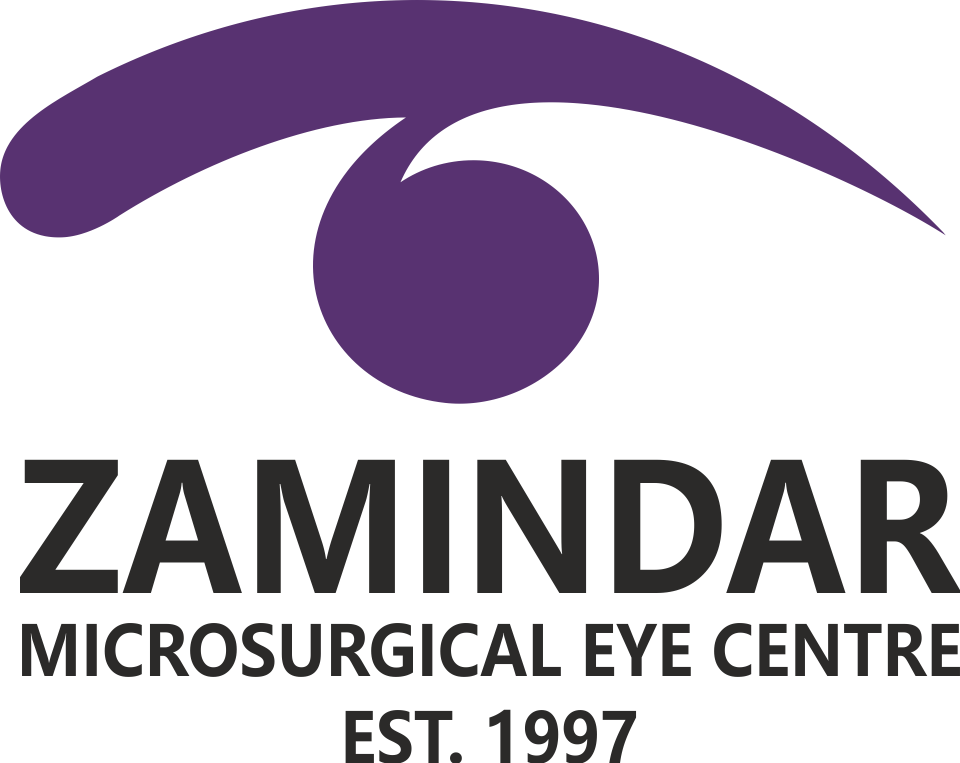
The eye’s natural lens helps to focus light on the retina for clear vision.
Our clear natural lens may become opaque with age due to the formation of cloudy structures due to the accumulation of denatured proteins. The condition is called cataract. An intraocular lens (IOL) is a lens implanted in the eye, usually as part of a treatment for cataracts or for correcting other vision problems such as short-sightedness and long-sightedness.
Cataract causes blurry, misty vision, leading to difficulties in daily activities. It progresses over time and eventually leads to blindness. Initially, patients can correct their vision using glasses. However, the condition worsens and needs surgical intervention. It involves removing the defective natural lens and replacing it with an artificial lens called an intraocular lens (IOL). The replacement helps restore the vision.
Watch our YouTube video, Can Cataract Surgery Give Freedom from Glasses? for a better understanding of cataracts and surgical treatment.
More about Intraocular Lens
Today, intraocular lens implants are readily available in various materials and designs. Artificial intraocular lenses can give excellent spectacle-free results even for presbyopia (age-related farsightedness) and astigmatism. Recent developments in cataract surgery, such as microincision cataract surgery and artificial lenses, have improved most patients’ visual accuracy, precision, and recovery.
Depending on your lifestyle and specific visual needs, your eye surgeon will recommend the most suitable intraocular lens.
Types of IOLs according to design
Monofocal IOLs
They are the simplest type of IOLs currently available. Monofocal intraocular lenses have a single zone of clear focus and offer excellent distance vision. However, you have to depend on reading glasses for work. Suppose you wish to have perfect distance vision but do not mind using near-vision glasses after the surgery. In that case, you can opt for these lenses.
Trifocal IOLs
Trifocal lenses correct refractive errors at three distances: near, far, and intermediate. They offer an all-in-one solution, eliminating the need for glasses to correct one of the vision issues that may emerge with age. Trifocal IOLs are made with concentric rings that alternate in power, each tailored to a specific focal point. When light enters the eye, these rings focus it onto the retina, allowing for clear vision at multiple distances.
Selecting a trifocal IOL over other types is often based on an individual’s lifestyle needs, visual preferences, and specific eye health. Cataract surgeons perform thorough eye examinations and counselling before suggesting trifocal IOLs.
Toric IOL
Unlike other intraocular lenses, Toric IOLs correct pre-existing corneal astigmatism or cylindrical power. These minimize the residual refractive cylinder and, thus, improve the quality of uncorrected distance vision. If you have cylindrical glasses and wish to get rid of them, opt for the Toric IOLs. Trifocal IOLs are also available with a Toric design for correcting cylindrical power and providing spectacle-free vision.
Intraocular Lenses that augment vision
These incorporate the latest technology to improve the quality of vision:
IOLs with Aspheric design
These improve the quality of vision and contrast sensitivity at night by reducing or removing optical aberrations. Today, most of the higher-end mono-focal, trifocal, and toric lenses have an aspheric design, improving vision quality.
Blue light filtering IOLs
Ideally, the natural lens of the eye does not cut out blue light, which is harmful to the susceptible macula or central part of the retina. Blue light filtering IOLs are impregnated with a yellowish pigment, which blocks blue light. So, people with macular degeneration problems can opt for blue light filtering IOLs.
Intraocular Lens Materials
Non-foldable Polymethyl methacrylate (PMMA) was initially used as an intraocular lens material. However, technological advancements have led to the development of foldable IOLs, including hydrophilic acrylic, hydrophobic acrylic, UV-light filtering, and hydrophobic silicone.
Hydrophilic Acrylic or Hydrogel
This material is heterogeneous and also has a high water content. The hydrophilic nature increases the risk of posterior capsular opacification, which is a late complication of cataract surgery. In that case, the posterior capsule of the lens/support structure of the lens develops opacity, causing deterioration of vision. However, a simple OPD procedure, Nd:YAG capsulotomy, can treat the issue.
Hydrophobic Acrylic
It is an ideal intraocular lens material due to its high refractive index and very low water content. Because of its water-repelling nature, the lens is less likely to cause posterior capsular opacification.
Light Filtering material
Light-filtering intraocular lens materials contain ultraviolet (UV) light-blocking chromophores, which are substances that absorb or reflect UV light. The IOLs made of these materials help preserve eye health by reducing stress.
Conclusion
With many options available today, cataract surgery has transcended mere restoration—it offers a chance to enhance our vision beyond its natural capabilities. The availability can meet diverse visual needs, from mono-focal IOLs providing excellent distance vision to trifocal options reducing the reliance on glasses.
At Zamindar Microsurgical Eye Centre, we specialize in cataract surgery and constantly strive to enhance our expertise by adopting cutting-edge technology. Please consult with our eye surgeons and make an informed decision while choosing IOL for a better quality of vision.
Subscribe to our YouTube channel for more videos related to eye health.













